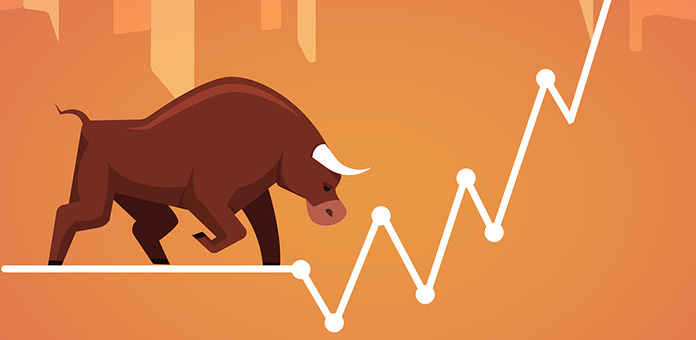
Leading up to the recent Federal Reserve Economic Symposium in Jackson Hole, Wyoming, the market was on standby for another interest rate hike of at least .25 percent. The Fed certainly wanted to raise the rate, and the Chair and other members have consistently signaled their desire and intention to do so.
In fact, as recently as July, Patrick Harker, the president of the Philadelphia Fed, was quoted as saying, “Considering the economic projections, I anticipate that it may be appropriate for up to two additional rate hikes this year.” 1 This follows his May predictions of two to three interest rate increases, and his downgraded estimation signals Fed sentiment to keep rates low as the economy continues to struggle.
Economic Issues
The motivation for raising the interest rate the Fed charges banks has been repeatedly explained by members of the FOMC and those who follow its policies. Due to a decade of historically low rates, the Fed has virtually no room for its ongoing use of monetary policy should another market decline occur. 2
Moreover, this decade of artificially low interest rates has distorted the financial markets. This reality has economists and financial experts increasingly concerned about the impact of that distortion when it comes time to pay the piper and the markets fully absorb it. Thus, the fact that the comments were more dovish toward another 2017 increase means the Federal Reserve’s top officials are, in fact, concerned about the strength of the U.S. economy.
Aside from a disappointing set of data concerning jobs and housing, the rate of inflation is not meeting the targets set earlier in the year. This tepid performance gives more credence to those who are seeing the potential for more bad news, including a significant market correction.
Gold Rally Predicted
The Fed is working somewhat desperately to maintain its credibility relative to interest rates, while the market has started looking behind the comments to examine the realities. There is a possibility of at least one more increase this calendar year if the numbers turn more positive, but there is an equal chance that such a hike will be delayed into next year.
Should the stock market endure even a modest correction and more indications of a stalling economy come in the final months of the year, historically low interest rates will stay in place.
Gold is sensitive to such increases in the Fed rate because many investment dollars often move to the area producing the best return. Since gold does not earn interest or pay dividends, interest hikes have historically placed downward pressure on the yellow metal. However, this century has increasingly bucked that trend, and the near-term projections are that the yields investors seek are best found in alternative investments, such as gold.
When the role of gold as a safe-haven investment is added to the picture, many analysts note this year’s strong performance from gold. In fact, many predict a gold rally in 2017.


